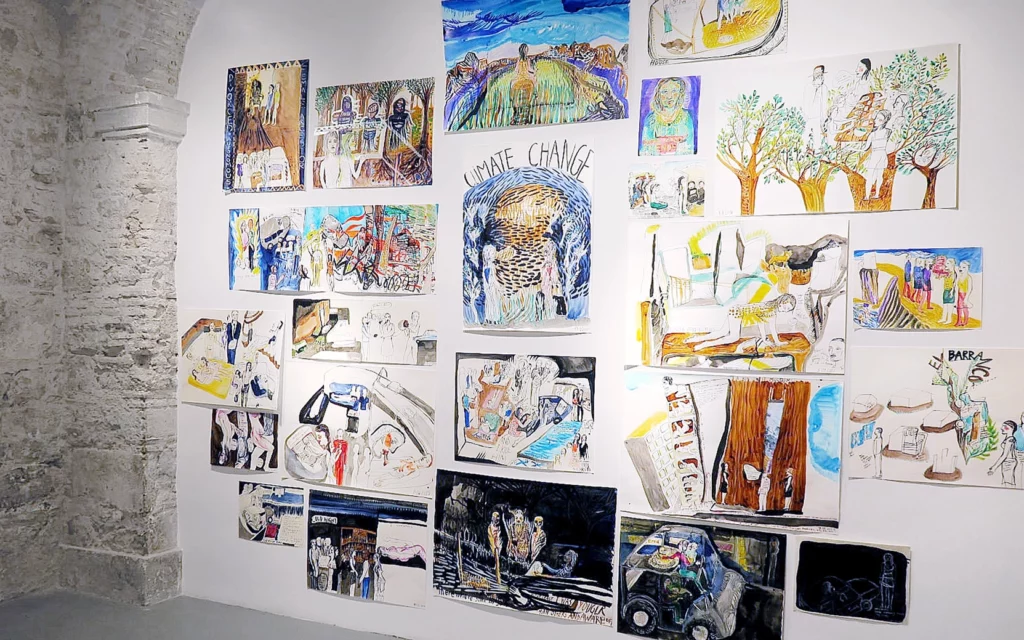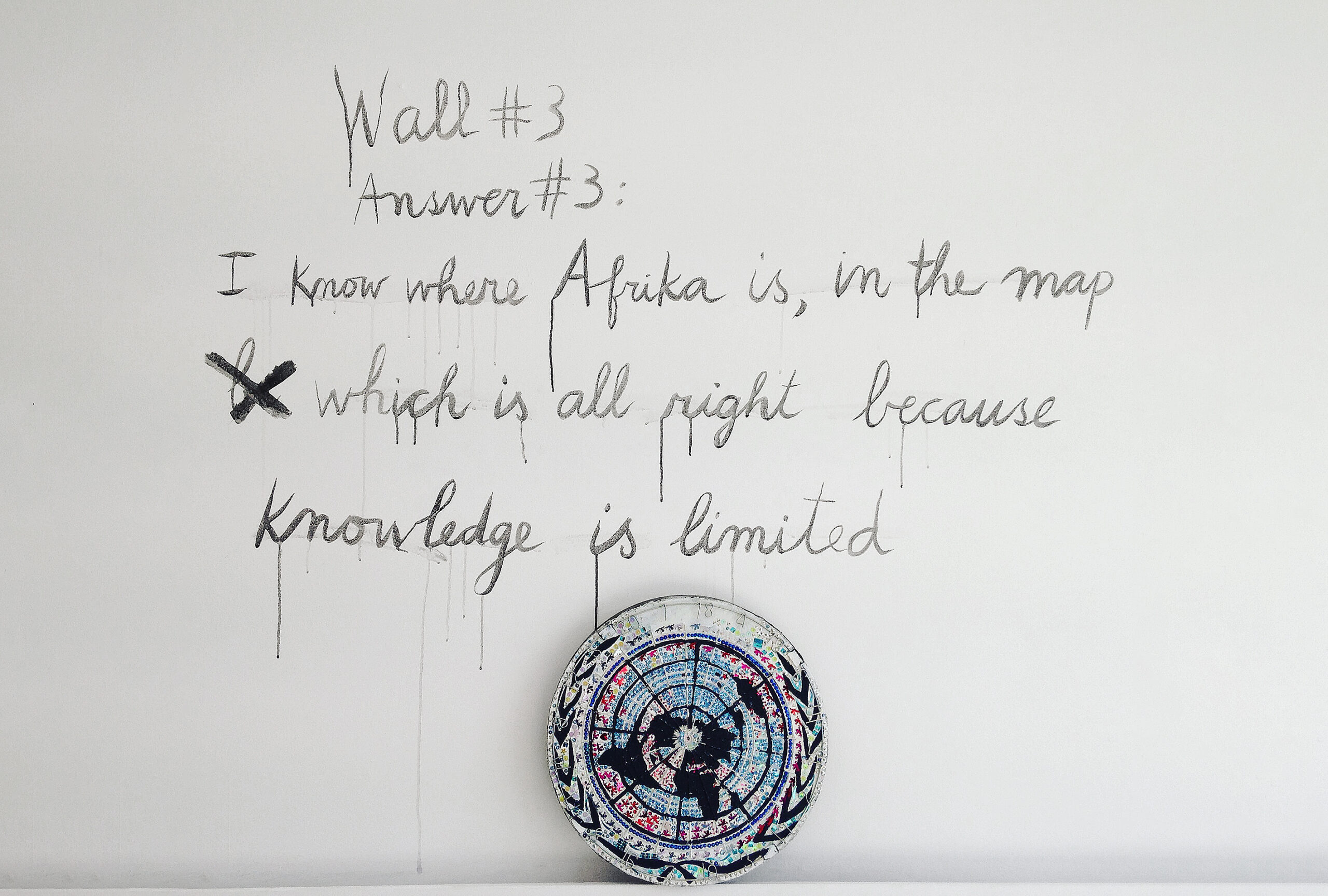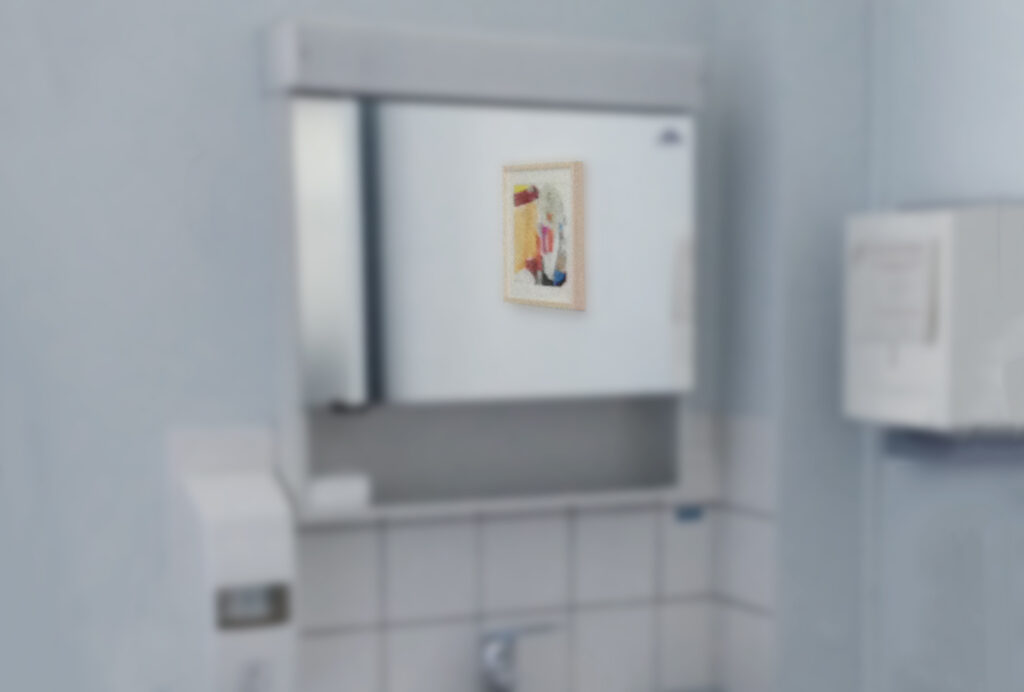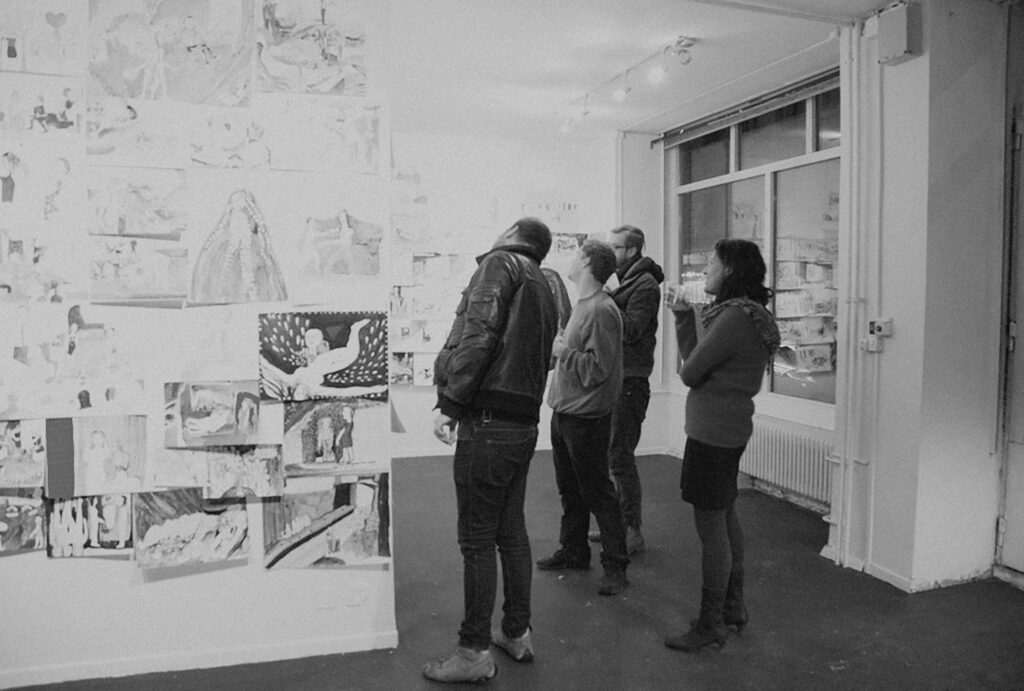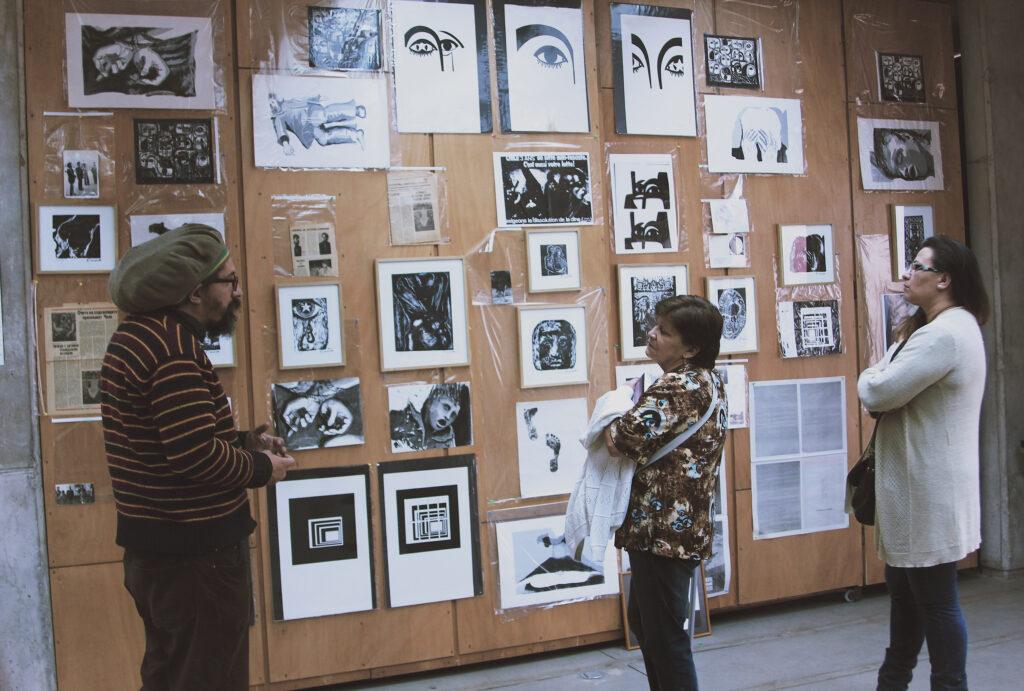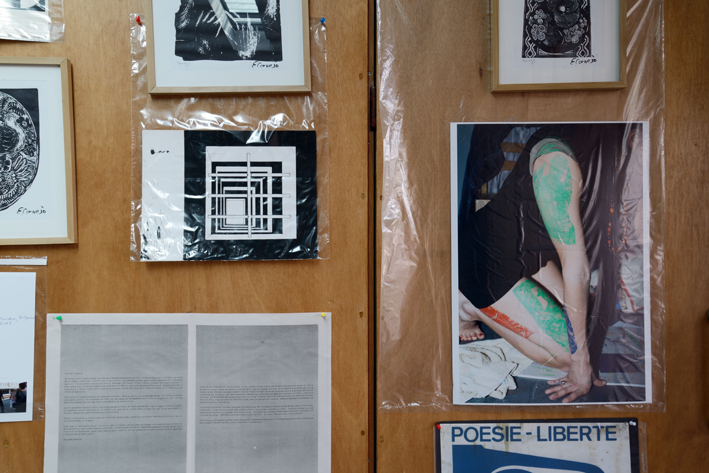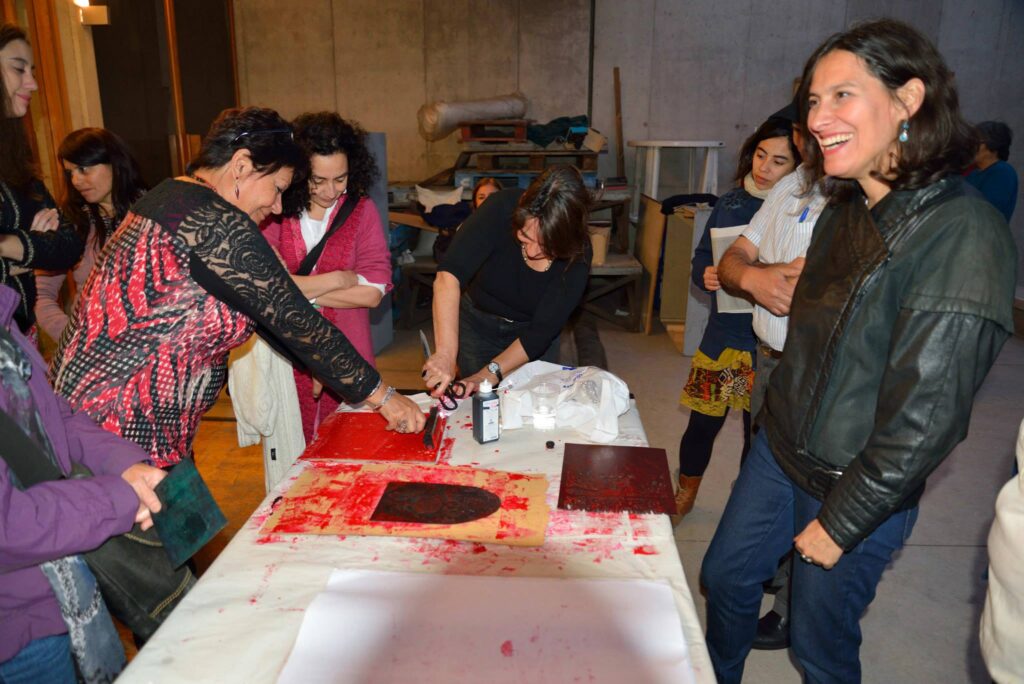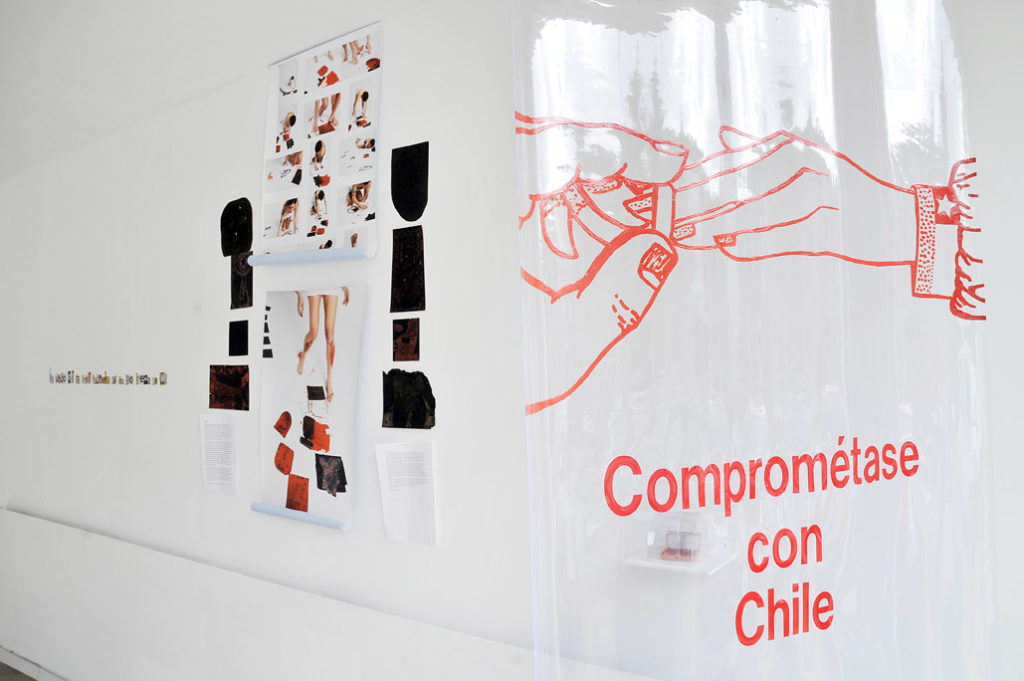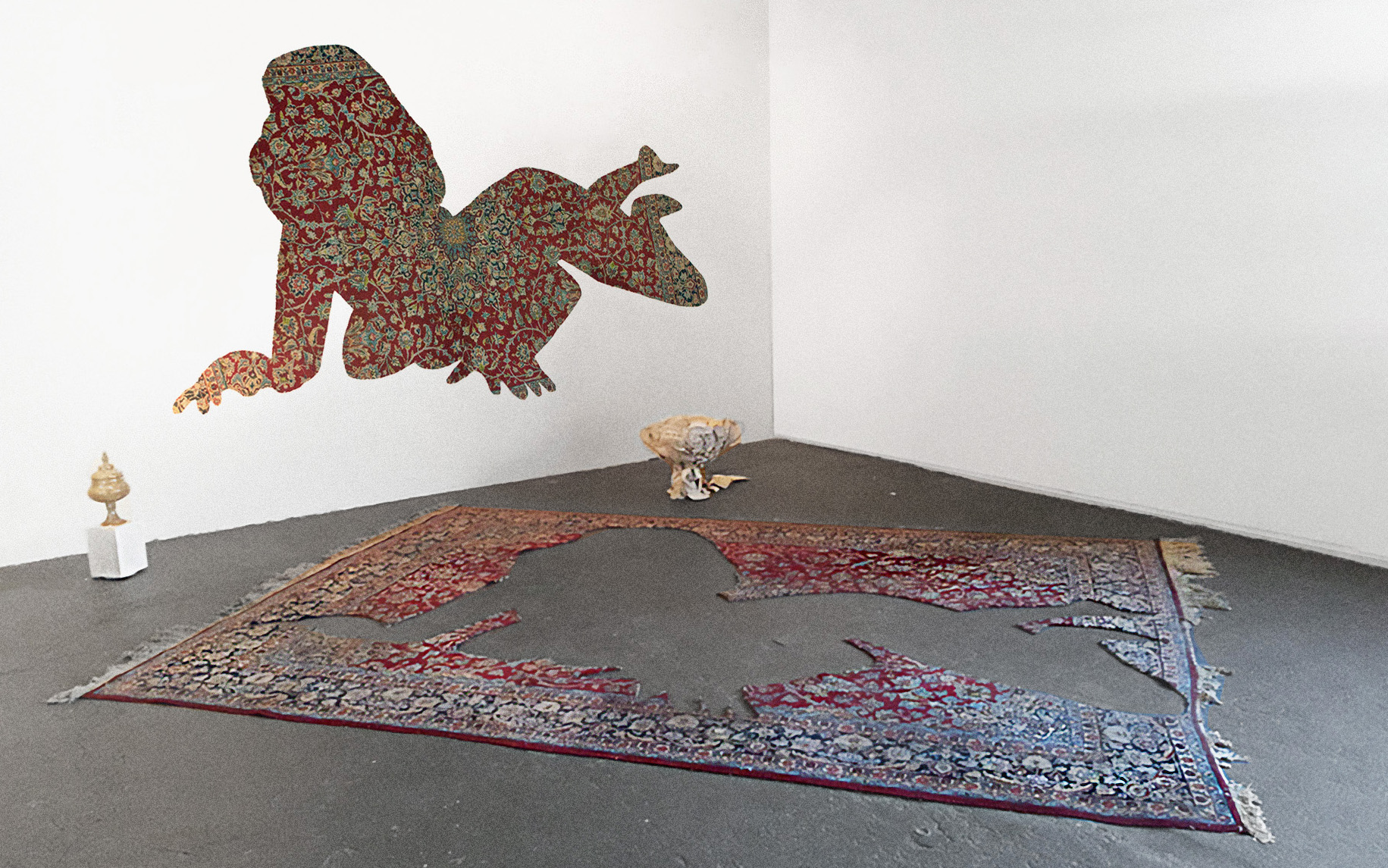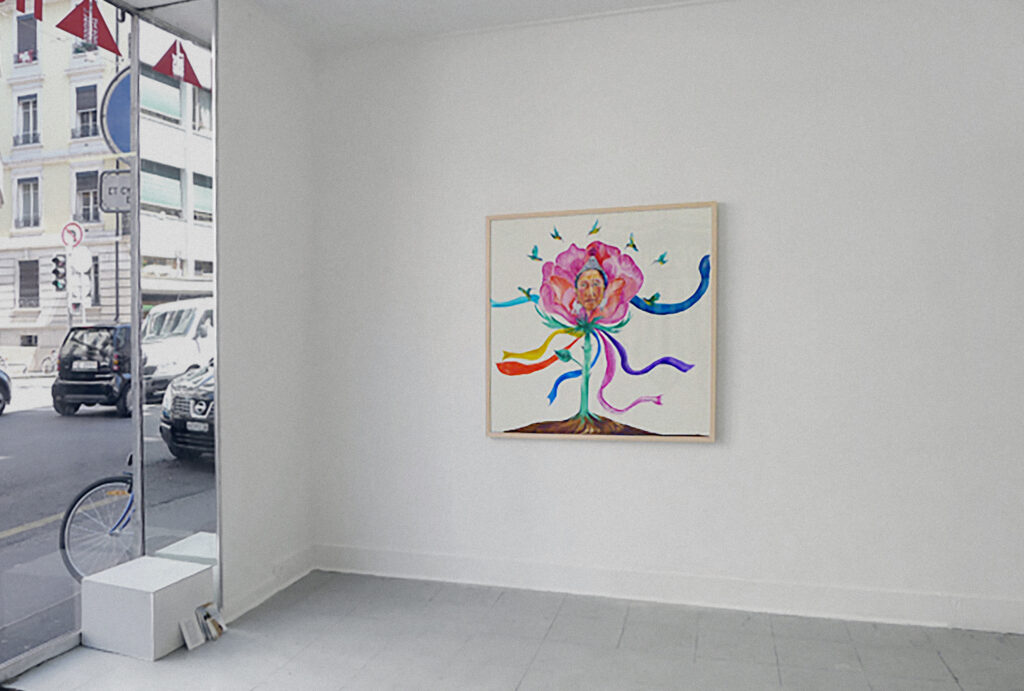Espai 10, Barcelona, Spain
12.07.2016
Artist: Marisa Cornejo
Curators: Luz Muñoz and Mireia Sallarès
Venue: Espai 10, Laboratori de les Arts Contemporànies
Abaixadors 10 Local 1
08003 Barcelona, Espanya
Date: 12.07.2016, 8pm
Espai 10: Laboratori de les Arts Contemporànies us convida el dimarts 19 de juliol de 2016 a les 20:00 h. a la performance que donarà pas a l’exposició A Big Bad Fish de l’artista Marisa Cornejo, una cartografia composta d’una performance i somnis dibuixats, un treball d’autoconeixement, consciència i de veu, a través del qual ha trobat un camí d’emancipació i descolonització.
In Espai 10, Laboratorio de las Artes Contemporáneas, the 19th of July 2016 Marisa Cornejo made a performance that gave birth to an exhibition : A Big Bad Fish : abstract universality a cartography composed by her drawn dreams. A work of self spiritual-knowledge, consciousness and voice with which she is building a road of emancipation and decolonization.
The project A Big Bad Fish, Abstract Universality, used Espai 10, a medieval small parcel of architecture in el Borne, in Barcelona, as the container of a narration of the experience of the zone of not being. In the space, the artist used a series of 54 drawings that Mireia Sallarès selected of her dreams. The common thread that united these drawings of dreams done between 2014 and 2016 was the link between security, womanhood and fear. During the performance that lasted 50 minutes, Cornejo gave voice to the words and images of the drawings while she was hanging them on the medieval walls of the galerie. In the narration of her dreams she unmasks the patriarcal, classist, racist and capitalist powers that are trying to hold her back in alienation as a migrant woman, just to discover that love, womanhood and friendship are the real values of life available for free all the time. The sarcasm and illogic of dreams shakes the false from the real.
